Whether you’ve been operating big rigs for a while or are just starting, you may have questioned if catalytic converters are included in semi-trucks. Unsurprisingly, semi-trucks do include catalytic converters.
The components of the catalytic converter are described in this guide, along with reasons why having one that works appropriately is crucial for smooth driving. Additionally, you might ask, where is the semi truck catalytic converter location?
Your engine burns fuel and expends energy throughout the journey, but combustion inside the engine is incomplete, leaving behind unwanted byproducts.
A catalytic converter will be required because diesel vehicles and semi trucks produce more pollutants than standard cars.
What Is The Semi Truck Catalytic Converter Location?
These days, a catalytic converter can be found on most types of cars. Almost every vehicle and machine that burns fossil fuel for transportation, excavation, or agriculture has a catalytic converter.
The reason is that catalytic converters are mandated by governments worldwide. Exhaust is routed into one end of catalytic converters, commonly rectangular or spherical.
The exhaust exits from the other end. On the tailpipe, a catalytic converter will typically be located a few inches or feet away from the car’s exhaust manifold.
Why Do So Few People Know About Catalytic Converters?
Because they rarely malfunction, unlike most other parts of a car, catalytic converters are less well known than other engine parts so most people won’t know the semi truck catalytic converter location or its functions.
Due to their frequent failure, starters, solenoids, and alternators are familiar to amateur mechanics. Water and gasoline pumps are known to novice mechanics because they frequently fail but are easy to replace.
Because of leaks or cracks in them, radiators, heads, and even exhaust manifolds can be well known. Most people know the computer systems onboard modern vehicles, even if they don’t fully comprehend how they function.
For one thing, catalytic converters typically outlive an engine. Another issue is that, even if the catalytic converter fails, it is tough to detect because there is no impact on engine performance.
Even if a person knows the semi truck catalytic converter location, they can’t say that their car’s catalytic converter has malfunctioned without performing an emissions test.
What Does A Catalytic Converter Do?
The catalytic converter is situated underneath the car’s exhaust system, between the muffler and the exhaust manifold.
This component is made of a metal catalyst, typically a mixture of platinum, palladium, and rhodium, and is either beaded or honeycomb formed. Two catalytic events happen when exhaust travels via the heated catalytic converter:
The first activity is the reduction catalyst. By splitting the molecules from the emissions into oxygen and nitrogen, it reduces hazardous nitrogen oxides using metal catalysts. While the oxygen travels through the converter, the nitrogen is held in place.
The second is the catalyst for oxidation. Burning (oxidizing) hydrocarbons and carbon monoxide over the metal catalyst lowers their levels.
In essence, your catalytic converter burns dangerous exhaust byproducts by filtering them away. While a catalytic converter’s primary purpose is to reduce harmful emissions, it also increases your car’s efficiency.
Additionally, a well-maintained car will increase the lifespan of your catalytic converter, reducing the likelihood that you will need to make an expensive replacement or repair.
How Do I Know If My Catalytic Converter Is Failing?
Figuring out the semi truck catalytic converter location is accessible, but knowing if it’s functioning as it should be difficult, especially for those who have never worked on a catalytic converter before.
Your catalytic converter may be failing for a variety of reasons. Get a professional to diagnose the issue immediately if you notice a sluggish engine with decreased acceleration.
The more obvious symptoms of a failed catalytic converter include exhaust smoke which is dark in color and a sulfur smell from your exhaust.
Various issues can cause a faulty catalytic converter in your car. A catalytic converter can overheat due to faulty oxygen sensors, misfiring spark plugs, or other factors. Pollutants can also harm the catalyst metals in fuel like leaded petrol.
A bad cylinder head gasket can cause engine coolant to leak into the combustion system, eventually obstructing the catalytic converter.
Any fluid leaks should be repaired right away to help avoid potential harm to your car’s catalytic converter. Although if you know the semi truck catalytic converter location, cleaning it is possible to remove minor clogs, though it probably won’t impact more severe problems.
FAQ’s
Can A Catalytic Converter Increase My Fuel Average?
No, catalytic converters don’t increase fuel economy. Catalytic converters lower gas mileage due to the back pressure they produce. Mufflers and catalytic converters are similar in this regard. A car’s fuel economy actually improves considerably without the catalytic converter and an exhaust pipe.
Is A Fuel Catalyst The Same As A Catalytic Converter?
A fuel catalyst is a pre-combustion mechanical device. It closely resembles a catalytic converter, but the shell is composed of more rigid and more resilient materials. Additionally, fuel catalysts’ active ingredients are noble metals, just like in a catalytic converter.
How Much Does It Cost To Repair A Faulty Catalytic Converter?
Catalytic converter repairs typically cost between $1,000 and $2,500. The catalytic converter needs expensive metals like platinum, palladium, and rhodium. This is the main reason why repairs can be so costly.
Conclusion
Catalytic converters are government mandated and must be equipped on all semi trucks, so having some knowledge about them is essential.
Knowing the semi truck catalytic converter location is one thing, but finding malfunctions in the catalytic converter takes a professional.
If you have a damaged catalytic converter, get it checked by a professional mechanic. Attempting repairs by yourself can cause further damage to your vehicle.


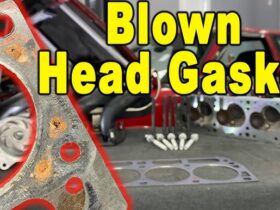
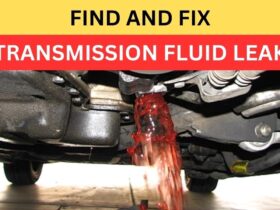
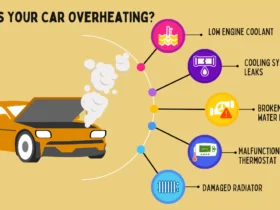
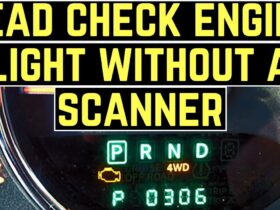
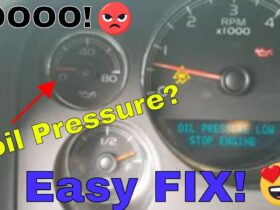
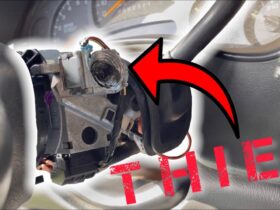


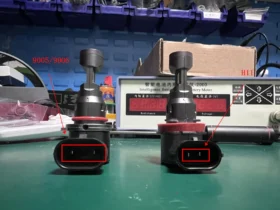
Leave a Reply